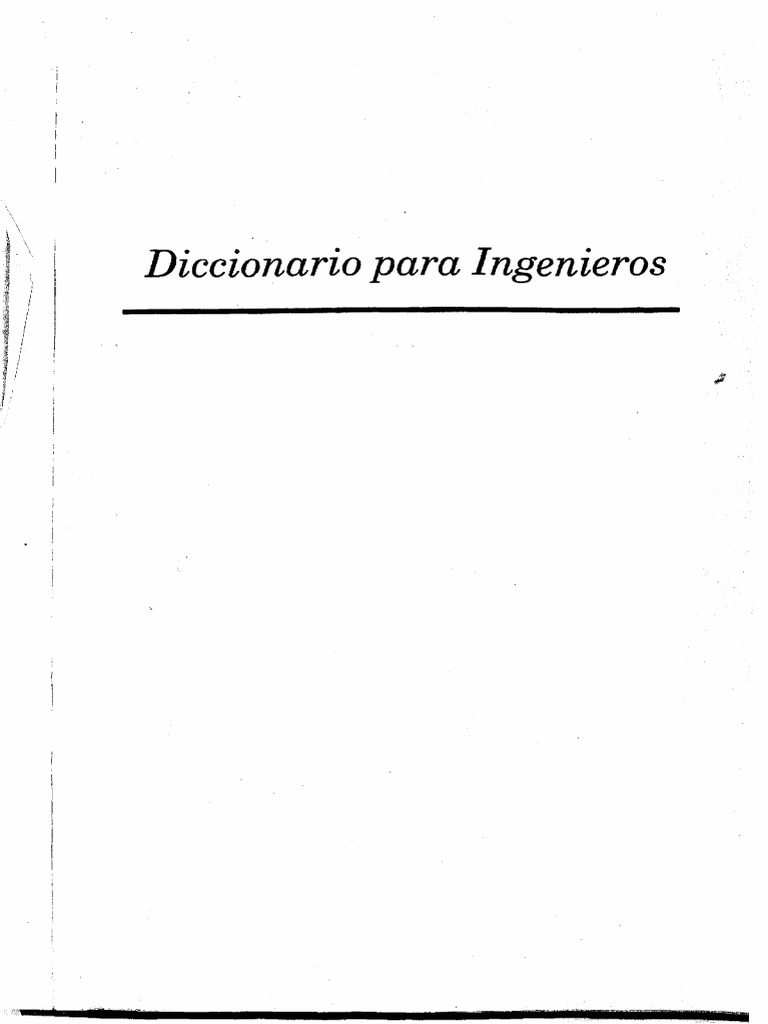- Zircon Zaga Early Alpha Mac Os Catalina
- Zircon Zaga Early Alpha Mac Os Update
- Zircon Zaga Early Alpha Mac Os Download
Serum alpha(2) and beta(1) globulin fractions were also increased, while albumin levels were decreased. In the 40-h time-course study, CRP levels peaked at 25-40 h post-dosing, to approximately. Copland is an operating system developed by Apple for Macintosh computers between 1994 and 1996 but never commercially released. It was intended to be released as System 8, and later, Mac OS 8, a modern successor to the aging System 7. Copland introduced protected memory, preemptive multitasking, an. Cupps, Ph.D., & Brian Thomas, M.S. Most people are familiar with man-made, diamond-like cubic zirconia (zirconium dioxide), but zirconium silicate, a less well-known form of zirconium, also exists in crystalline form. Called zircon for short, this mineral is found all over Earth's crust. Valley and his team recently published an article in Nature Geoscience. Operating system initially developed as an early cross-platform operating system, originally produced for Intel 8080 and Motorola 6800 computers, then redeveloped for actual businesses and business models.
Uranium–lead dating, abbreviated U–Pb dating, is one of the oldest[1] and most refined of the radiometric dating schemes. It can be used to date rocks that formed and crystallised from about 1 million years to over 4.5 billion years ago with routine precisions in the 0.1–1 percent range.[2][3]
The method is usually applied to zircon. This mineral incorporates uranium and thoriumatoms into its crystal structure, but strongly rejects lead when forming. As a result, newly-formed zircon deposits will contain no lead, meaning that any lead found in the mineral is radiogenic. Since the exact rate at which uranium decays into lead is known, the current ratio of lead to uranium in a sample of the mineral can be used to reliably determine its age.
The method relies on two separate decay chains, the uranium series from 238U to 206Pb, with a half-life of 4.47 billion years and the actinium series from 235U to 207Pb, with a half-life of 710 million years.
Decay routes[edit]
Uranium decays to lead via a series of alpha (and beta) decays, in which 238U with daughter nuclides undergo total eight alpha and six beta decays whereas 235U with daughters only experience seven alpha and four beta decays.[4]
The existence of two 'parallel' uranium–lead decay routes (238U to 206Pb and 235U to 207Pb) leads to multiple dating techniques within the overall U–Pb system. The term U–Pb dating normally implies the coupled use of both decay schemes in the 'concordia diagram' (see below).
However, use of a single decay scheme (usually 238U to 206Pb) leads to the U–Pb isochron dating method, analogous to the rubidium–strontium dating method.
Finally, ages can also be determined from the U–Pb system by analysis of Pb isotope ratios alone. This is termed the lead–lead dating method. Clair Cameron Patterson, an American geochemist who pioneered studies of uranium–lead radiometric dating methods, used it to obtain one of the earliest estimates of the age of the Earth.
Mineralogy[edit]
Although zircon (ZrSiO4) is most commonly used, other minerals such as monazite (see: monazite geochronology), titanite, and baddeleyite can also be used.
Where crystals such as zircon with uranium and thorium inclusions do not occur, uranium-lead dating techniques have also been applied to other minerals such as calcite/aragonite and other carbonate minerals. These types of minerals often produce lower precision ages than igneous and metamorphic minerals traditionally used for age dating, but are more common in the geologic record.
Mechanism[edit]
During the alpha decay steps, the zircon crystal experiences radiation damage, associated with each alpha decay. This damage is most concentrated around the parent isotope (U and Th), expelling the daughter isotope (Pb) from its original position in the zircon lattice.
In areas with a high concentration of the parent isotope, damage to the crystal lattice is quite extensive, and will often interconnect to form a network of radiation damaged areas.[4]Fission tracks and micro-cracks within the crystal will further extend this radiation damage network.

These fission tracks act as conduits deep within the crystal, providing a method of transport to facilitate the leaching of lead isotopes from the zircon crystal.[5]
Computation[edit]
Under conditions where no lead loss or gain from the outside environment has occurred, the age of the zircon can be calculated by assuming exponential decay of Uranium. That is
- NNow=NOrige−λt{displaystyle N_{mathrm {Now} }=N_{mathrm {Orig} }e^{-lambda t},}
where
- NNow=U{displaystyle N_{mathrm {Now} }=mathrm {U} } is the number of uranium atoms measured now.
- NOrig{displaystyle N_{mathrm {Orig} }} is the number of uranium atoms originally - equal to the sum of uranium and lead atoms U+Pb{displaystyle mathrm {U} +mathrm {Pb} } measured now.
- λ=λU{displaystyle lambda =lambda _{mathrm {U} }} is the decay rate of Uranium.
- t{displaystyle t} is the age of the zircon, which one wants to determine.
This gives
- U=(U+Pb)e−λUt,{displaystyle mathrm {U} =left(mathrm {U} +mathrm {Pb} right)e^{-lambda _{mathrm {U} }t},}
which can be written as
- PbU=eλUt−1.{displaystyle {{mathrm {Pb} } over {mathrm {U} }}=e^{lambda _{mathrm {U} }t}-1.}
The more commonly used decay chains of Uranium and Lead gives the following equations:
206Pb∗238U=eλ238t−1,{displaystyle {{^{text{206}},!{text{Pb}}^{*}} over {^{text{238}},!{text{U}}}}=e^{lambda _{238}t}-1,} | (1) |
Zircon Zaga Early Alpha Mac Os Catalina
207Pb∗235U=eλ235t−1.{displaystyle {{^{text{207}},!{text{Pb}}^{*}} over {^{text{235}},!{text{U}}}}=e^{lambda _{235}t}-1.} | (2) |
These are said to yield concordant ages.[clarification needed] It is these concordant ages, plotted over a series of time intervals, that result in the concordant line.[6]
Zircon Zaga Early Alpha Mac Os Update
Loss (leakage) of lead from the sample will result in a discrepancy in the ages determined by each decay scheme. This effect is referred to as discordance and is demonstrated in Figure 1. If a series of zircon samples has lost different amounts of lead, the samples generate a discordant line. The upper intercept of the concordia and the discordia line will reflect the original age of formation, while the lower intercept will reflect the age of the event that led to open system behavior and therefore the lead loss; although there has been some disagreement regarding the meaning of the lower intercept ages.[6]
Undamaged zircon retains the lead generated by radioactive decay of uranium and thorium up to very high temperatures (about 900 °C), though accumulated radiation damage within zones of very high uranium can lower this temperature substantially. Zircon is very chemically inert and resistant to mechanical weathering—a mixed blessing for geochronologists, as zones or even whole crystals can survive melting of their parent rock with their original uranium-lead age intact. Zircon crystals with prolonged and complex histories can thus contain zones of dramatically different ages (usually, with the oldest and youngest zones forming the core and rim, respectively, of the crystal), and thus are said to demonstrate inherited characteristics. Unraveling such complications (which, depending on their maximum lead-retention temperature, can also exist within other minerals) generally requires in situ micro-beam analysis via, say, ion microprobe (SIMS) or laser ICP-MS.
See also[edit]
- Lead–lead dating (Pb–Pb dating)
References[edit]
| The Wikibook Historical Geology has a page on the topic of: Other isochron methods |

These fission tracks act as conduits deep within the crystal, providing a method of transport to facilitate the leaching of lead isotopes from the zircon crystal.[5]
Computation[edit]
Under conditions where no lead loss or gain from the outside environment has occurred, the age of the zircon can be calculated by assuming exponential decay of Uranium. That is
- NNow=NOrige−λt{displaystyle N_{mathrm {Now} }=N_{mathrm {Orig} }e^{-lambda t},}
where
- NNow=U{displaystyle N_{mathrm {Now} }=mathrm {U} } is the number of uranium atoms measured now.
- NOrig{displaystyle N_{mathrm {Orig} }} is the number of uranium atoms originally - equal to the sum of uranium and lead atoms U+Pb{displaystyle mathrm {U} +mathrm {Pb} } measured now.
- λ=λU{displaystyle lambda =lambda _{mathrm {U} }} is the decay rate of Uranium.
- t{displaystyle t} is the age of the zircon, which one wants to determine.
This gives
- U=(U+Pb)e−λUt,{displaystyle mathrm {U} =left(mathrm {U} +mathrm {Pb} right)e^{-lambda _{mathrm {U} }t},}
which can be written as
- PbU=eλUt−1.{displaystyle {{mathrm {Pb} } over {mathrm {U} }}=e^{lambda _{mathrm {U} }t}-1.}
The more commonly used decay chains of Uranium and Lead gives the following equations:
206Pb∗238U=eλ238t−1,{displaystyle {{^{text{206}},!{text{Pb}}^{*}} over {^{text{238}},!{text{U}}}}=e^{lambda _{238}t}-1,} | (1) |
Zircon Zaga Early Alpha Mac Os Catalina
207Pb∗235U=eλ235t−1.{displaystyle {{^{text{207}},!{text{Pb}}^{*}} over {^{text{235}},!{text{U}}}}=e^{lambda _{235}t}-1.} | (2) |
These are said to yield concordant ages.[clarification needed] It is these concordant ages, plotted over a series of time intervals, that result in the concordant line.[6]
Zircon Zaga Early Alpha Mac Os Update
Loss (leakage) of lead from the sample will result in a discrepancy in the ages determined by each decay scheme. This effect is referred to as discordance and is demonstrated in Figure 1. If a series of zircon samples has lost different amounts of lead, the samples generate a discordant line. The upper intercept of the concordia and the discordia line will reflect the original age of formation, while the lower intercept will reflect the age of the event that led to open system behavior and therefore the lead loss; although there has been some disagreement regarding the meaning of the lower intercept ages.[6]
Undamaged zircon retains the lead generated by radioactive decay of uranium and thorium up to very high temperatures (about 900 °C), though accumulated radiation damage within zones of very high uranium can lower this temperature substantially. Zircon is very chemically inert and resistant to mechanical weathering—a mixed blessing for geochronologists, as zones or even whole crystals can survive melting of their parent rock with their original uranium-lead age intact. Zircon crystals with prolonged and complex histories can thus contain zones of dramatically different ages (usually, with the oldest and youngest zones forming the core and rim, respectively, of the crystal), and thus are said to demonstrate inherited characteristics. Unraveling such complications (which, depending on their maximum lead-retention temperature, can also exist within other minerals) generally requires in situ micro-beam analysis via, say, ion microprobe (SIMS) or laser ICP-MS.
See also[edit]
- Lead–lead dating (Pb–Pb dating)
References[edit]
| The Wikibook Historical Geology has a page on the topic of: Other isochron methods |
| The Wikibook Historical Geology has a page on the topic of: U-Pb, Pb-Pb, and fission track dating |
- ^Boltwood, B. B. (1907). 'Ultimate disintegration products of the radioactive elements; Part II, Disintegration products of uranium'. American Journal of Science. 23 (134): 78–88. Bibcode:1907AmJS...23...78B. doi:10.2475/ajs.s4-23.134.78. S2CID131688682.
- ^Schoene, Blair (2014). 'U–Th–Pb Geochronology'(PDF). Princeton University, Princeton, NJ, USA. Retrieved 7 January 2018.
- ^Schaltegger, U.; Schmitt, A.K.; Horstwood, M.S.A. (2015). 'U–Th–Pb zircon geochronology by ID-TIMS, SIMS, and laser ablation ICP-MS: Recipes, interpretations, and opportunities'(PDF). Chemical Geology. 402: 89–110. Bibcode:2015ChGeo.402...89S. doi:10.1016/j.chemgeo.2015.02.028.
- ^ abRomer, Rolf L. (2003). 'Alpha-recoil in U?Pb geochronology: Effective sample size matters'. Contributions to Mineralogy and Petrology. 145 (4): 481–491. Bibcode:2003CoMP..145..481R. doi:10.1007/s00410-003-0463-0. S2CID129763448.
- ^ abMattinson, James M. (2005). 'Zircon U–Pb chemical abrasion ('CA-TIMS') method: Combined annealing and multi-step partial dissolution analysis for improved precision and accuracy of zircon ages'. Chemical Geology. 220 (1–2): 47–66. Bibcode:2005ChGeo.220...47M. doi:10.1016/j.chemgeo.2005.03.011.
- ^ abDickin, Alan P. (2005). Radiogenic Isotope Geology. p. 101. doi:10.1017/CBO9781139165150. ISBN9781139165150.

